 Welcome
Welcome
“May all be happy, may all be healed, may all be at peace and may no one ever suffer."
Naegleria infection
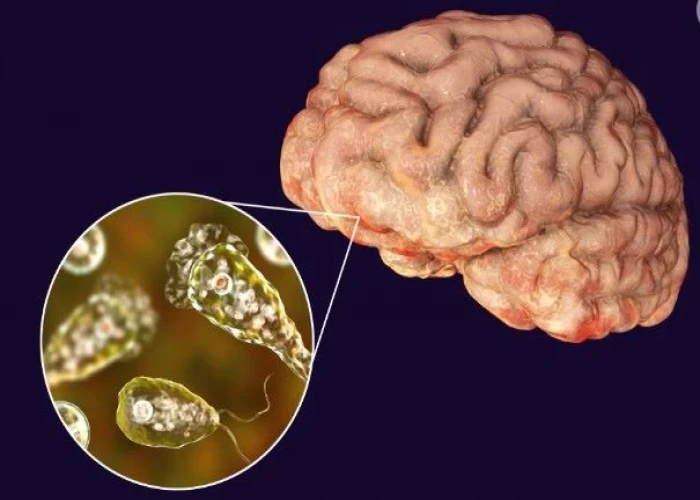
Naegleria infection, also known as primary amoebic meningoencephalitis (PAM), is a rare but very serious infection of the brain caused by a free-living amoeba called Naegleria fowleri. The amoeba is found in warm freshwater, such as lakes, rivers, and hot springs, as well as in soil and untreated swimming pools.
Naegleria infection usually occurs when contaminated water enters the body through the nose, which allows the amoeba to travel to the brain where it causes inflammation and damage. In most cases, the infection progresses rapidly and can lead to death within a few days.
Symptoms of Naegleria infection may include headache, fever, nausea, vomiting, stiff neck, seizures, confusion, and hallucinations. The infection can progress rapidly and can lead to coma and death within a few days.
Diagnosis of Naegleria infection may involve a physical exam, evaluation of symptoms, and laboratory testing of samples of cerebrospinal fluid (CSF) and nasal mucus.
Treatment options for Naegleria infection are limited and include medications such as amphotericin B and miltefosine, as well as supportive care such as oxygen therapy, fluid management, and control of seizures. In some cases, hyperbaric oxygen therapy (HBOT) may be used to help increase oxygen delivery to the brain and improve outcomes. However, the prognosis for Naegleria infection is generally poor, and early diagnosis and treatment are crucial for improving outcomes.
Research Papers
Disease Signs and Symptoms
- Fever
- Lack of sleep (Sleep apnea)
- Lose balance
- Confusion (Hallucinations)
- Sensitivity to light (Photophobia)
- Stiff neck
- Nasal congestion
- Nausea or vomiting
- Headaches
- Seizures
Disease Causes
Naegleria infection
Naegleria infection is caused by the Naegleria fowleri amoeba, which is most often found in bodies of warm, fresh water around the world, especially during the summer months. The amoeba is also sometimes found in soil. The amoeba enters your body through your nose via contaminated water, mud or dust, and travels to your brain through the nerves that transmit your sense of smell.
Only a tiny percentage of the millions of people who are exposed to Naegleria fowleri ever get sick from it. Why some people become infected after exposure and others don't isn't known.
The amoeba doesn't spread from person to person. You also can't be infected by drinking contaminated water. Salt water, such as ocean and sea water, and properly cleaned and disinfected swimming pools don't contain the naegleria amoeba.
Disease Prevents
Naegleria infection
The Centers for Disease Control and Prevention (CDC) suggests that the following measures may reduce your risk of naegleria infection:
- Don't swim in or jump into warm freshwater lakes and rivers.
- Hold your nose shut or use nose clips when jumping or diving into warm bodies of fresh water.
- Avoid disturbing the sediment while swimming in shallow, warm fresh waters.
Disease Treatments
Few people survive naegleria infection, even with treatment. Early diagnosis and treatment are crucial for survival.
The recommended treatment for naegleria infection is a combination of drugs, including:
- Amphotericin B, an antifungal drug that is usually injected into a vein (intravenously) or into the space around the spinal cord to kill the amoebas.
- Miltefosine (Impavido), an investigational drug that is usually used to treat breast cancer and leishmaniasis but has also shown promise against the naegleria amoeba in laboratory and animal studies. It has also been used to successfully treat infections with other types of amoebas.
- Other antifungal drugs.
- Antibiotics.
In addition to these drugs, your doctor may recommend other medications or treatment options to manage or decrease brain swelling.
Preparing for your appointment
If you believe you or your child may have naegleria infection, seek immediate medical attention. You might want to make a list of answers to the following questions:
- What are the signs and symptoms?
- When did they start?
- Does anything make them better or worse?
- Has the person been swimming in fresh water within the past two weeks?
Disease Diagnoses
Disease Allopathic Generics
Disease Ayurvedic Generics
Disease Homeopathic Generics
Disease yoga
Naegleria infection and Learn More about Diseases
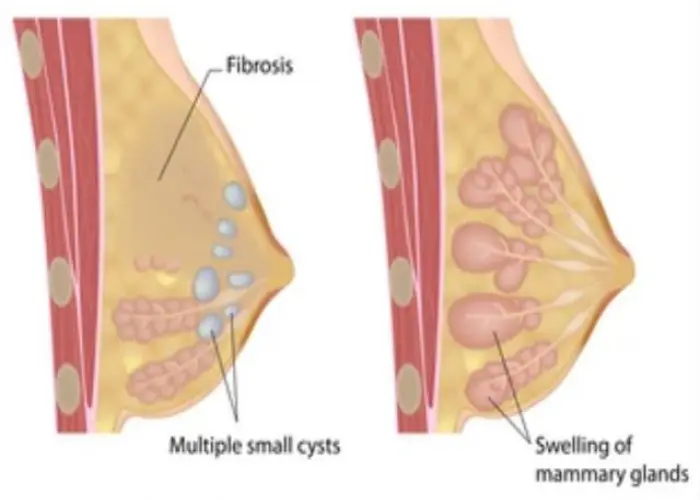
Breast cysts
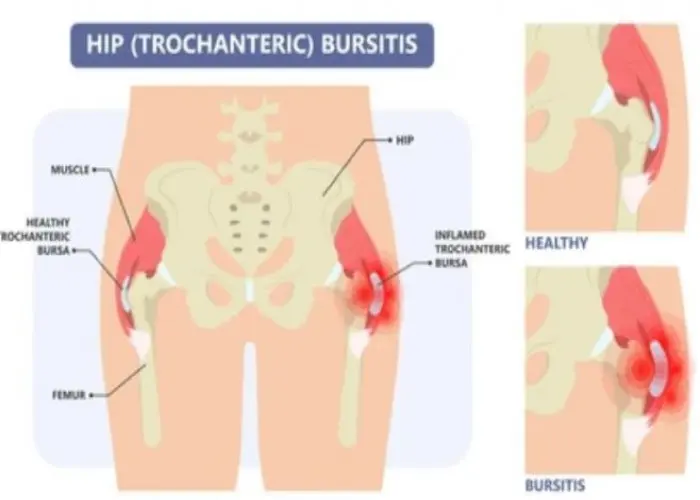
Bursitis
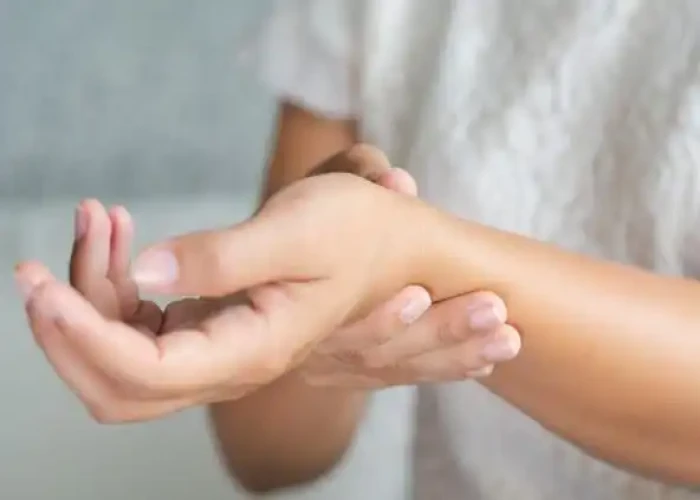
Yips
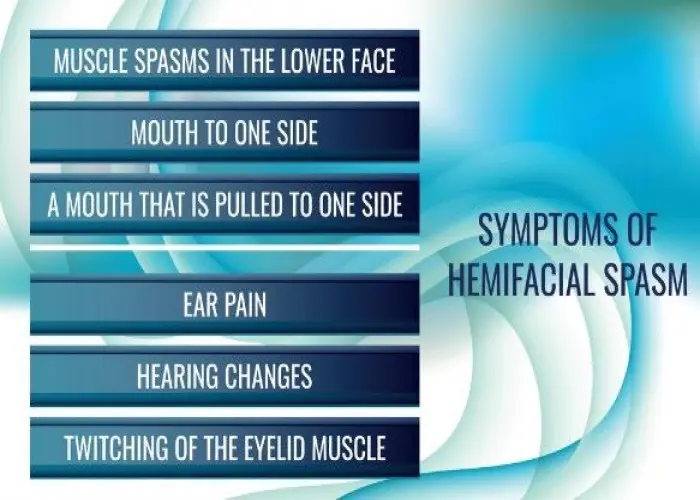
Hemifacial spasm

Thumb arthritis

Vocal cord paralysis

Dermatographia

Hyperparathyroidism
naegleria infection, নাইলেগেরিয়া সংক্রমণ
To be happy, beautiful, healthy, wealthy, hale and long-lived stay with DM3S.
